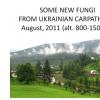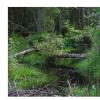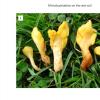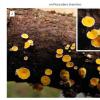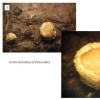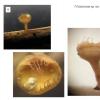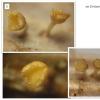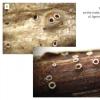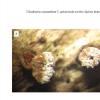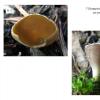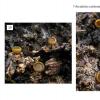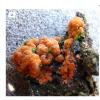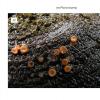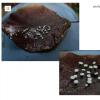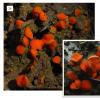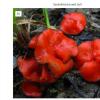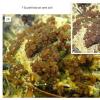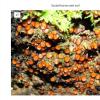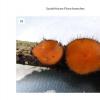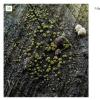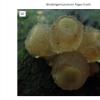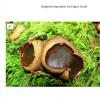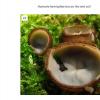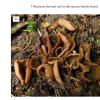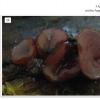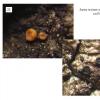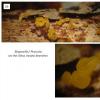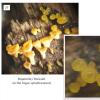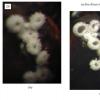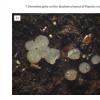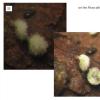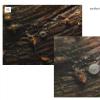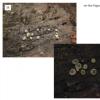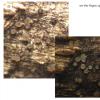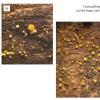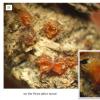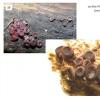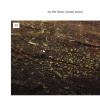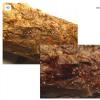
14-08-2011 17:47
 Alex Akulov
Alex Akulov
Dear FriendsYesterday ended my second in this year

12-08-2011 14:54
roman vargas albertoHello, Do you know if the Peziza arvernensis has i

04-08-2011 04:52
Roland LabbéBonjour !Voici une planche d'un Disco carbonicole

04-08-2011 15:12
Marja PennanenHello forum,when studying Perichaena I noticed som
Fungi of Carpathians (august expedition)
Alex Akulov,
14-08-2011 17:47
 Dear Friends
Dear FriendsYesterday ended my second in this year's expedition in the Ukrainian Carpathians. Below I present the first pictures of fungi from this trip (so far without micro). If you have some ideas about presented species, I'll be very grateful for them.
Alex
Nicolas VAN VOOREN,
14-08-2011 18:13

Re : Fungi of Carpathians (august expedition)
Dear Alex,
your photo of "Mitrula paludosa" is Spathularia flavida.
11 is probably a Pyronema species.
13 looks like a Melastiza species.
16 is probably Trichophaea brunnea (= Sphaerosporella b.)
Microscopic features are required to confirm these proposals.
Best regards.
Nicolas
your photo of "Mitrula paludosa" is Spathularia flavida.
11 is probably a Pyronema species.
13 looks like a Melastiza species.
16 is probably Trichophaea brunnea (= Sphaerosporella b.)
Microscopic features are required to confirm these proposals.
Best regards.
Nicolas
Beñat Jeannerot,
14-08-2011 19:52

Re : Fungi of Carpathians (august expedition)
Adio Alex,
Adio Nico,
Nicolas, I suppose you want say 14 (not 13) for Melastiza species.
I'm agree with you about 11, 14 and 16.
Alex, no problem if you can make and send duplicates of 14,15,17 and 18 collections for more informations.
Many thanks by advance.
Amically,
Beñat
Adio Nico,
Nicolas, I suppose you want say 14 (not 13) for Melastiza species.
I'm agree with you about 11, 14 and 16.
Alex, no problem if you can make and send duplicates of 14,15,17 and 18 collections for more informations.
Many thanks by advance.
Amically,
Beñat
Martin Bemmann,
14-08-2011 22:52

Re : Fungi of Carpathians (august expedition)
Hi Alex,
a wonderful Autumn aspect of ascomycetes you are presenting. It is Autumn here in Germany (as measured by fungi) as well despite it is midth of August...
As for your no. 35 and perhaps 31 I would consider Strossmayeria basitricha.
Best regards,
Martin
a wonderful Autumn aspect of ascomycetes you are presenting. It is Autumn here in Germany (as measured by fungi) as well despite it is midth of August...
As for your no. 35 and perhaps 31 I would consider Strossmayeria basitricha.
Best regards,
Martin
Alex Akulov,
19-08-2011 09:23

Re : Fungi of Carpathians (august expedition)
Thank you very much!
I will send you information about these specimens after microscopic investication.
Friendly,
A;ex


